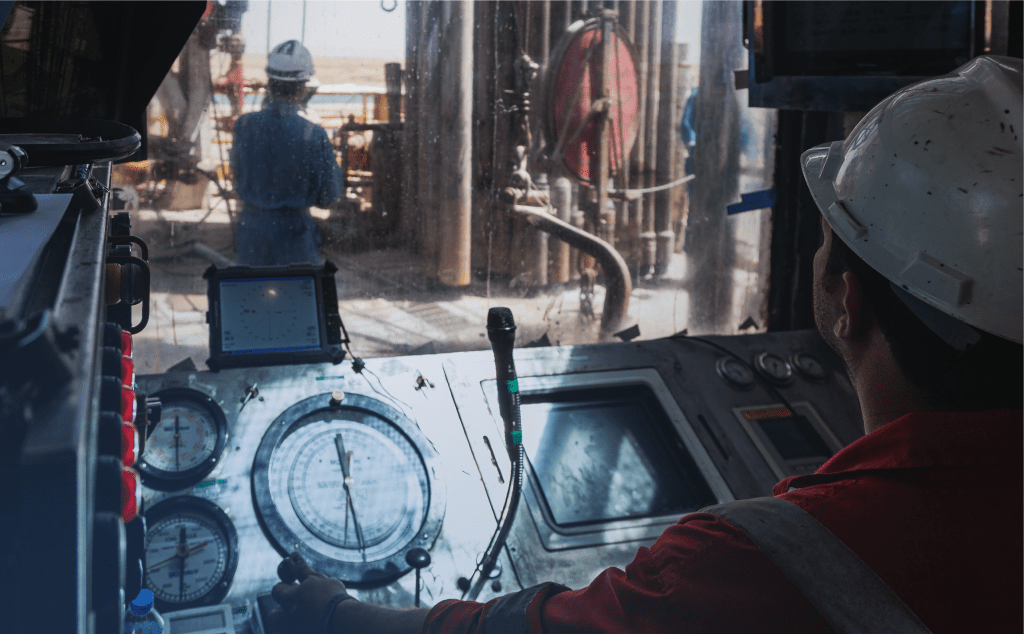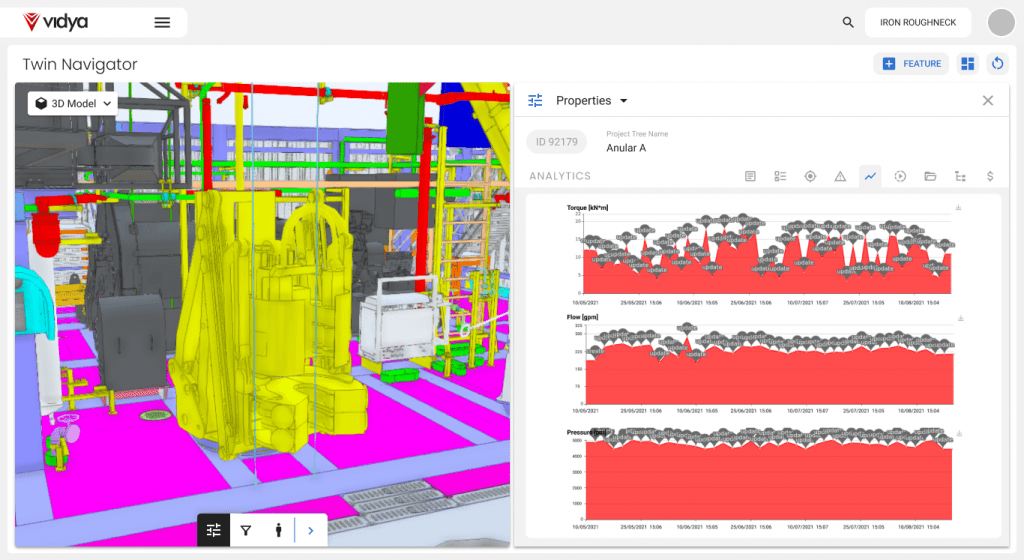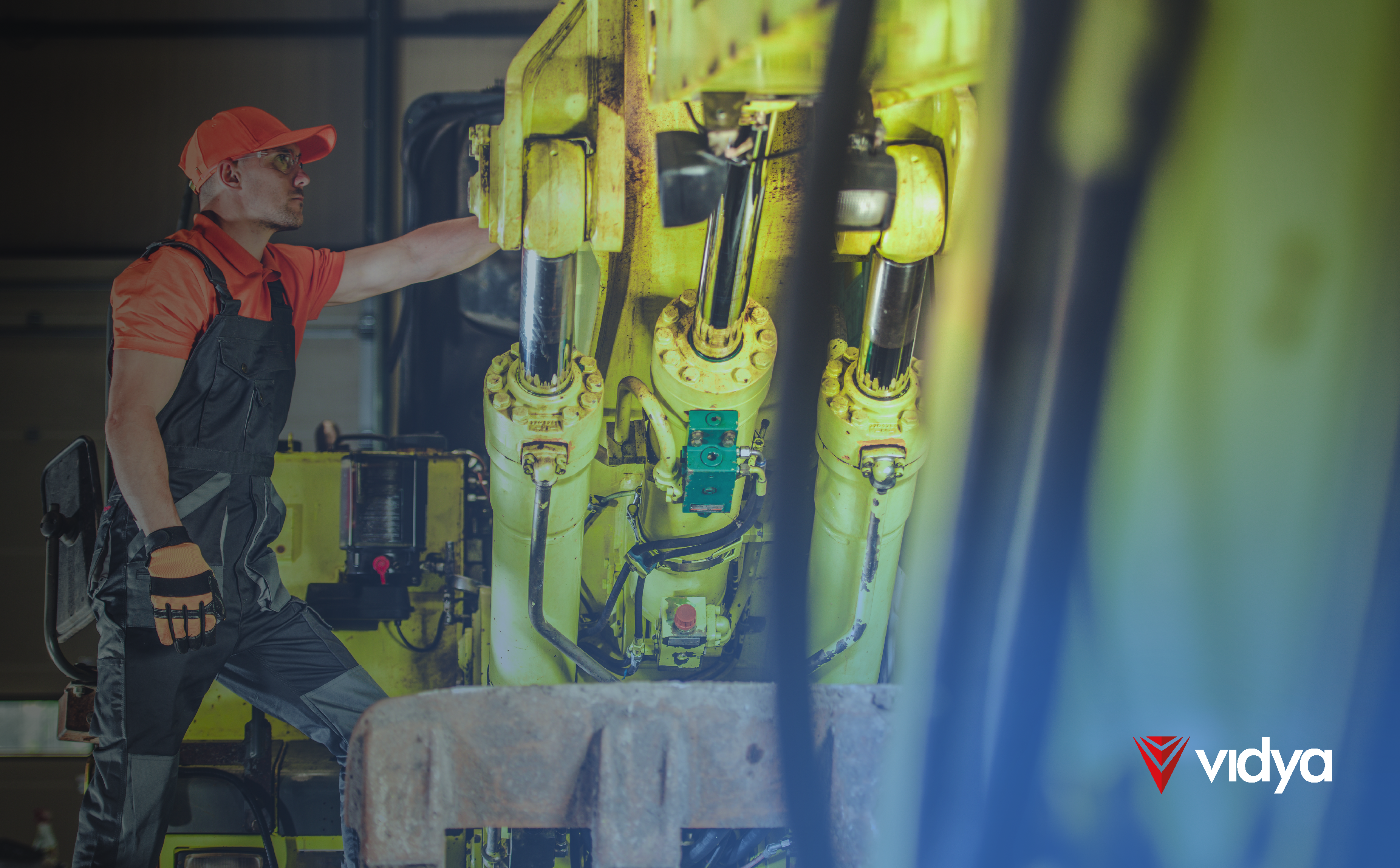Efficiency and safety are non-negotiable for oil and gas operations. Advanced machinery takes on the toughest tasks to keep operations running smoothly and reliably—none more crucial than the iron roughneck. Interestingly, the term “iron roughneck” isn’t just about equipment; it’s also how American oil workers proudly refer to themselves, embodying the grit and resilience required in the field.
But what exactly is an iron roughneck in oilfield operations? How does it function, and what challenges arise in keeping it operational? This blog will explore its critical role, the maintenance difficulties it presents, the power of predictive analytics in preventing failures, and the costly consequences when things go wrong.
Understanding the Iron Roughneck
An iron roughneck is a robust hydraulic device used in drilling operations, specifically in the make-up and break-out of drill-pipe connections. Its primary purpose is to automate the labor-intensive process of connecting and disconnecting drill pipes during drilling operations. By mechanizing these tasks, the iron roughneck reduces physical strain on workers and significantly improves safety by minimizing human repetition. The following video showcases a real iron roughneck in action:
Beyond that, the term “roughneck” has long been associated with the hardworking individuals who perform grueling manual labor on drilling rigs. This moniker, believed to have originated in the 19th century, initially described workers in traveling carnivals and later transitioned to the oil industry by the 1930s, reflecting the tough, resilient nature of these laborers.
Challenges in Maintaining an Iron Roughneck
Like any complex piece of machinery, iron roughnecks come with their own set of maintenance challenges. They require regular inspections, servicing, and component replacements to ensure optimal performance and prevent failures. Maintaining an iron roughneck involves a set of tasks such as:

Neglecting these routine checks can lead to serious operational risks. When an iron roughneck fails, the consequences extend far beyond a single piece of equipment—impacting the entire drilling process, worker safety, and even a company’s bottom line.
Scenarios and Consequences of Iron Roughneck Failure:
A single failure in an iron roughneck can have far-reaching consequences, impacting not just the machinery but the entire drilling operation. Since this equipment plays a central role in automating drill pipe handling, any malfunction can disrupt workflows, increase risks, and drive up costs. Some of the most critical risks include:

1. Production Delays
A sudden failure can lead to costly production delays. This can be considered as unplanned downtime and lead to severe costs. If manual labor is required to complete drill pipe connections and disconnections, the safety of workers starts to be a concern. This sudden disruption delays project timelines and increases operational expenses. In high-stakes drilling environments, where every minute translates to financial impact, these delays can significantly affect profitability.
2. Safety Hazards
Iron roughnecks were introduced to improve safety by reducing the need for manual labor in high-risk areas. However, when they fail, workers may be forced to handle heavy drill pipes manually—reintroducing the same risks the machine was meant to eliminate. This exposes personnel to potential injuries from high-torque forces, falling objects, or unexpected pipe movements. The consequences can range from minor incidents to severe accidents, leading to medical costs, regulatory scrutiny, and operational shutdowns for safety investigations.

3. Equipment Damage
Beyond operational delays, a malfunctioning iron roughneck can cause direct damage to critical components like drill pipes, joints, and surrounding rig equipment. Excessive torque or misalignment can weaken pipe connections, increasing the likelihood of failures down the line. Repairing or replacing damaged drill pipes is costly, and prolonged maintenance further compounds financial losses.
4. Reputational Damage
In the competitive oil and gas industry, reliability is everything. Consistent equipment failures can shake a company’s reputation, causing clients and operators to question the contractor’s ability to deliver on time and within budget, further impacting future business opportunities.
Predictive Analytics: A Support for Failure Prediction:
Traditional maintenance approaches rely on scheduled inspections or reactive repairs to avoid failures for the Iron Roughneck. But in the high-risk, high-cost environment of oil and gas drilling, waiting for equipment to break down is not an option. Thus, predictive analytics offers a smarter way forward, using real-time data and machine learning to detect early warning signs of failure—before they disrupt operations.
Predictive models can identify anomalies that indicate wear, misalignment, or component degradation. By continuously monitoring key parameters like hydraulic pressure, temperature, vibration, and torque values, this proactive approach allows for scheduled maintenance and prevents unexpected breakdowns, reducing downtime and optimizing operational efficiency.

Conclusion
The resilience of the roughneck—both the worker and the machine—has long been central to efficient drilling operations. However, as drilling environments become more complex and the pressure to minimize downtime increases, traditional maintenance approaches are no longer enough. Industry leaders are now adopting predictive analytics to ensure iron roughneck integrity, using real-time data and AI-driven insights to prevent failures before they escalate. By embracing data-driven strategies, operators are not only improving safety and reliability but also optimizing performance, reinforcing the roughneck’s role—human and mechanical—in keeping the industry moving forward.

